In the process of die-casting production, due to the high local temperature of the mold, sintered aluminum will appear in the local high-temperature hot joint of the mold, which not only affects the appearance of the casting, but also destroys the dense layer on the surface of the casting due to the sintered aluminum. Risk of leakage. During the filling process of die-casting, the die near the gate end is often swept away by the molten aluminum, and the die is often pulled, and in severe cases, cracking occurs; The appearance appears peeling and cannot meet customer needs. In view of the appearance problems of the above castings, the die-casting mold is partially covered. It has been verified that the appearance defects of the above castings can be solved, and the operation is simple.
As customers have higher and higher requirements for the quality of die castings, they not only have strict requirements on their mechanical properties and internal organization, but also put forward stricter requirements on appearance defects. For example, during the casting process of aluminum alloy die castings, After sintering and sticking to aluminum, straining and casting shot blasting, the phenomenon of peeling occurs, which can no longer meet the customer's requirements for the appearance quality of castings, which not only reduces the qualification rate of castings, restricts production efficiency, but also increases production costs.
Aiming at the casting defects such as sintering, aluminum sticking, strain, and cracking of the die-casting parts, the coating process is applied to the die-casting mold part to reduce the appearance defect rate and the leakage rate of the casting parts.
1 Introduction to the coating process of die-casting molds
1.1 Microstructure of die-casting mold after coating
From the metallographic microstructure of the coating layer (see Figure 1), after the coating of the mold, an alloy layer is formed on the outer surface of the substrate, and the thickness of the surfacing and strengthening layer is between 0.02 and 0.03 mm. , the thickness of the covered part increases. Within the tolerance range required to ensure the size of the casting drawings, in order to increase the coating effect, the coating area of the mold can be coated in multiple layers, and the thickness of the coating layer can be controlled at 0.01~0.1 mm, which can be freely adjusted according to the actual situation.
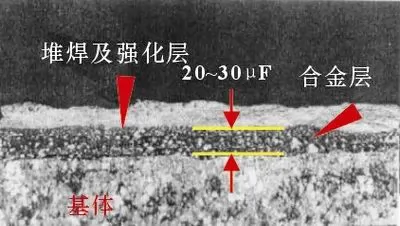
Fig.1 Metallographic microstructure of coating layer
1.2 Mold coating material and physical properties
The coating material for the mold is WTC-90, which is a small amount of titanium added on the basis of WC, which can reduce its brittleness. In the process of mold coating, there is no need to heat the coated mold, and the coating at room temperature will not cause thermal deformation, and there is no stress concentration in the coating area, so it will not cause cracks in the coated part due to stress, and the tungsten carbide coating layer shows Out of its excellent ultra-high hardness, outstanding performance in anti-erosion.
2Influence of Die Coating Process on Casting Quality
The mold design is affected by the casting structure. In the actual production process, limited by the design of the gating system, the process window is relatively narrow, and casting defects exist concurrently. In principle, the internal quality of the casting must be ensured first, but the appearance of the casting often does not meet the customer's requirements. For example, the gate of the casting is pulled and cracked due to the gate erosion; the cooling water cannot be set at the sharp corner of the mold, resulting in temperature If it is too high, it will burn and stick to aluminum; there are many grooves in the mold, and the resistance during the filling process of the molten aluminum is relatively large, and flow marks are formed on the surface of the casting. In view of these problems, the introduction of the coating process in the early design of the mold and the later production can effectively solve the above defects.
2.1 Improvement of casting strain and cracking by die coating process
Figure 2 shows the design of the oil cooler cover gating system and the location of the drawing die.
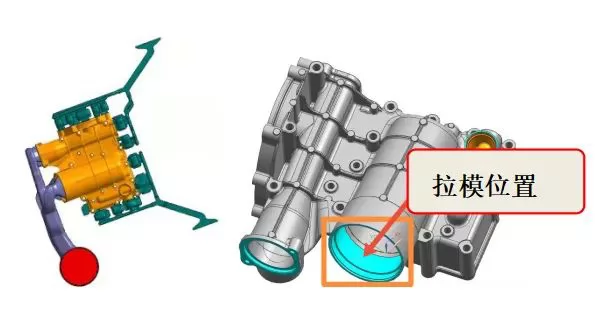
Figure 2 Schematic diagram of the oil cooler cover pouring system and the position of the drawing die
It can be seen that the drawing die position is located at the inner gate end. Through repeated verification of the die casting process, it is found that reducing the speed can reduce the scouring of the drawing die part, but the drawing die position cannot be eliminated, and it will lead to poor product appearance. When the depth of the drawing die exceeds 0.5 mm (see Figure 3), cracks, especially invisible cracks, may occur in severe drawing die.
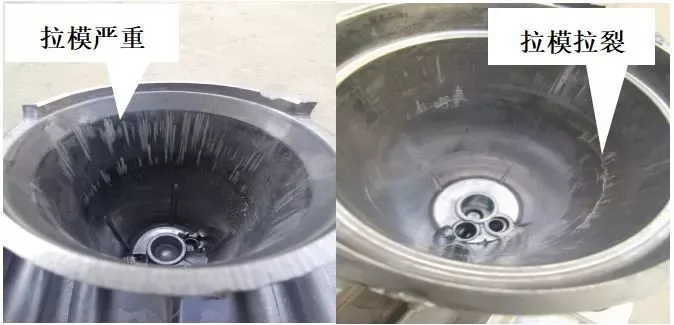
Figure 3 Appearance of defects in casting die
The mold is covered with 2 layers of coating, and the thickness of the coating layer is 0.05 mm. After verification, the defects of the die-drawing part have been solved, and the adjustment of the die-casting process, especially the speed requirements, have been relaxed. Figure 4 shows the comparison before and after shot blasting of the casting after the casting is covered, which fully meets the customer's requirements.
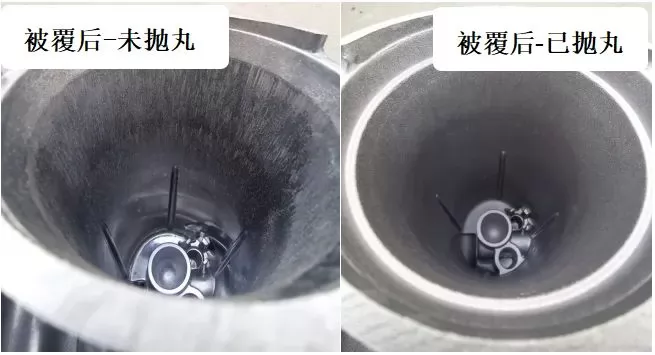
Fig. 4 Comparison before and after shot blasting of castings after coating
2.2 Improvement of casting sintering and aluminum adhesion by mold coating process
When the molten aluminum impacts the cavity or core at a high speed, the temperature of the impacted mold part rises, so that the chilled layer cannot be formed, and the phenomenon (sintering) that the molten aluminum corrodes (erodes) the mold occurs. On the blank is a coarse-grained layer (see Figure 5).
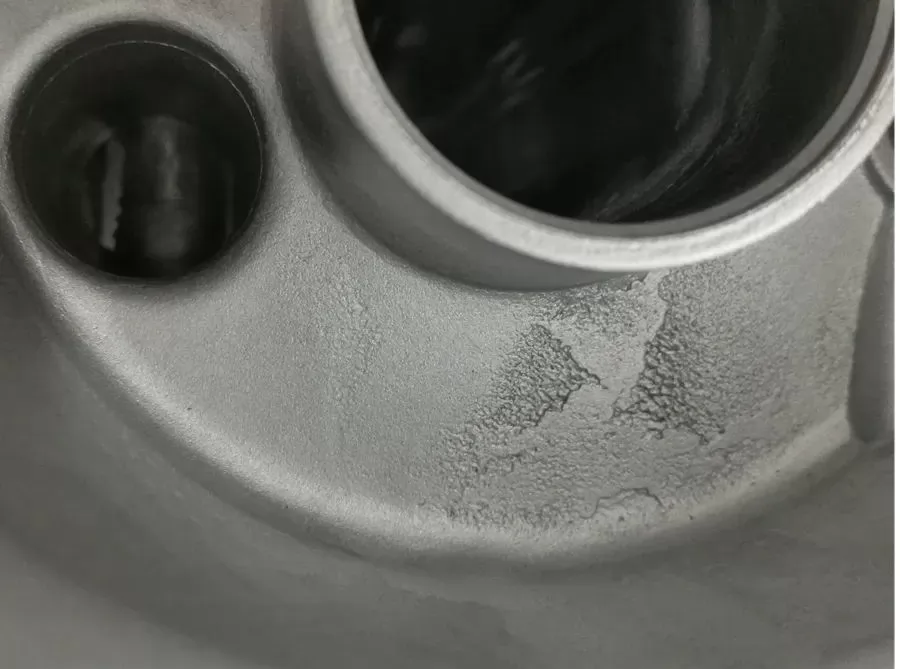
Figure 5 Local sintering of castings
Generally, in the process of die casting production, cooling water can be set for the sintered part to reduce the local mold temperature, which can reduce sintering. However, due to the influence of mold structure and product structure, cooling water cannot be set in some positions; if the spraying amount of mold release agent is increased, it will affect the production takt. It has been verified that the local sintering can be effectively solved by coating the local sintered parts (see Figure 6).

Figure 6 Comparison before and after mold coating
2.3 Improvement of casting shot blasting and peeling by die-casting mold coating process
After shot peening, a thin layer of skin will appear on the surface of the casting, or even fall off. It can be easily removed by hand, and its size, area and position are not fixed. This phenomenon is called peeling after shot blasting (see Figure 7)
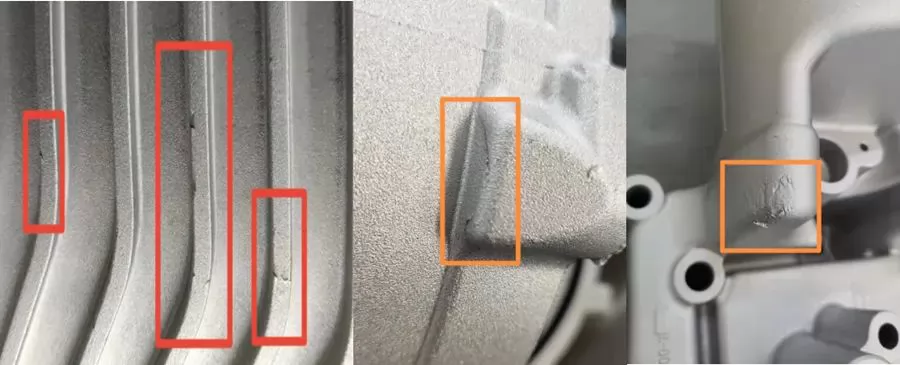
Figure 7 Skin peeling after shot blasting
The main reason for the peeling of castings is that some castings are specially designed, there are many grooves, and the molten aluminum fluctuates greatly during the filling process. The temperature drops relatively fast, and it solidifies before the mainstream reaches and the pressurization starts. Therefore, cold scar flow marks or pockmarks are formed on the surface of the casting, and the cold scar flow marks and pockmarks are the main reasons for the peeling of shot blasting (see Figure 8).

Fig.8 Schematic diagram of water-cooled shell gating system and casting structure
During the flow of molten aluminum in the cavity, since the surface of the mold is very smooth, if the mold is covered at the position where the casting is prone to cold scar flow marks and pockmarks, the surface of the mold will be uneven, forming a high and low concave state. The groove can disperse the flow direction of the molten aluminum in the cavity, and form an air film between the grooves to improve the fluidity of the molten aluminum at this position, and avoid or reduce the generation of cold scar flow marks or pockmarks. It has been verified that the coating treatment of the mold can effectively solve the cold scar flow marks and pockmarks on the surface of the casting, and there is no peeling phenomenon after shot blasting (see Figure 9).
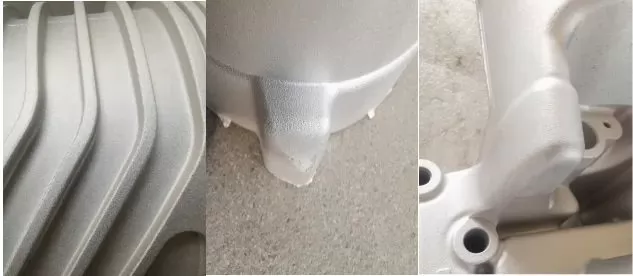
Figure 9 Shot blasting appearance of casting after mold coating
3 Conclusions
The mold partial coating process can effectively solve the strain and cracking of the gate in the mold. The local coating process of the mold can effectively solve the aluminum sticking and sintering of the local hot joint of the mold. After the casting is shot blasted, covering the peeling part on the mold can effectively solve the peeling problem of the casting caused by shot blasting. By covering the mold, it solves the appearance quality problem of castings in daily production, reduces the missed work and time, and improves the production efficiency.







.png)


.png) +86-574-83036520
+86-574-83036520 +86-574-83008051
+86-574-83008051 sales@innovaw.com
sales@innovaw.com

.png)

.png)
.png)
.png)

.png)
.png)
.png)

















.png)

